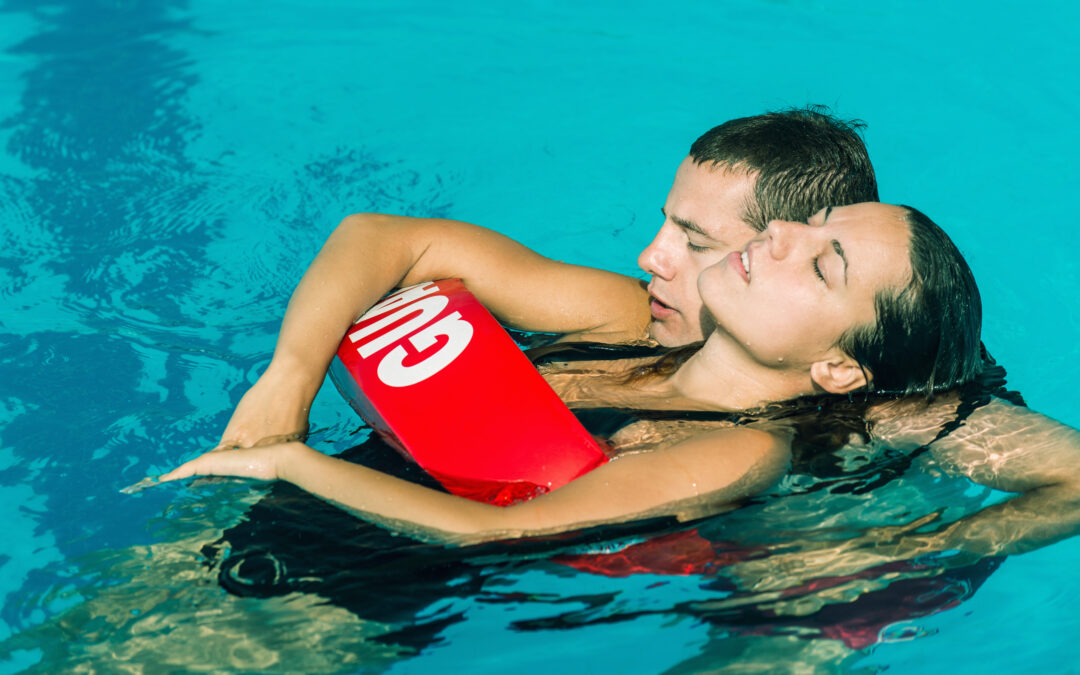Lifeguard Responsibilities
Lifeguard responsibilities vary from location to location, but all lifeguards play a vital role in ensuring the safety of individuals who visit beaches, swimming pools, and water parks. They are responsible for monitoring swimmers, responding to emergencies, and preventing accidents. In this blog post, we will discuss the importance of lifeguards, the significance of their apparel, and the essential equipment they use.
Firstly, lifeguards are essential to ensure the safety of individuals who visit aquatic facilities. They are trained professionals who have the necessary skills and knowledge to respond to emergencies quickly. Their primary responsibility is to monitor swimmers and identify potential hazards such as rip currents, submerged rocks, or underwater obstacles. Without their presence, individuals who swim in these locations may be at risk of drowning, especially those who are not strong swimmers.
Lifeguard Gear
Secondly, lifeguard apparel is a crucial aspect of their job. Lifeguards wear distinctive uniforms that make them easily identifiable. Their apparel typically consists of a red or bright-colored swimsuit or trunks, a white t-shirt or tank top, and a whistle or some form of communication during emergencies. This attire helps lifeguards stand out and and be quickly identified in case of an emergency.
Thirdly, lifeguard equipment is essential to ensure the safety of swimmers. They use a variety of tools such as rescue tubes, rescue cans, and buoys to aid in water rescues. They also use first aid kits, oxygen tanks, and defibrillators to treat individuals who have suffered from cardiac arrest or other medical emergencies. Without these essential tools, lifeguards would not be able to respond quickly to emergencies, which could result in fatal consequences.
Lifeguard Duties
Fourthly, lifeguards are responsible for enforcing safety rules and regulations at aquatic facilities. They ensure that individuals follow the rules such as no diving in shallow water, no running on wet surfaces, and no horseplay in the water. By enforcing these regulations, lifeguards can prevent accidents and injuries from occurring.
Fifthly, lifeguards are trained to respond to emergencies quickly and efficiently. They are taught how to perform CPR, administer first aid, and use rescue equipment effectively. Their quick response time can make a significant difference in the outcome of an emergency.
Lifeguards are not only responsible for rescues. Most life saving positions are responsible for maintaining a safe and clean environment at aquatic facilities. They monitor the water quality to ensure that it is safe for swimming, and they clean the area to prevent slips and falls. In addition, lifeguards play a crucial role in educating individuals about water safety. They teach individuals how to swim and how to prevent accidents from occurring. They also provide information on the dangers of rip currents, the importance of wearing life jackets, and the risks of swimming alone.
Lifeguard Training and Prevention
Lifeguard responsibilities extend beyond the physical aspect of saving lives. Lifeguards provide a sense of security for individuals who visit aquatic facilities. Their presence alone can prevent accidents from occurring and provide a sense of comfort for individuals who may be nervous about swimming in the water.
Lifeguards are responsible for maintaining their skills and knowledge by attending regular training sessions. They learn new techniques and skills that they can use in case of emergencies.
Lastly, lifeguards are essential to ensure that everyone has a safe and enjoyable experience while visiting aquatic facilities. Their job is vital to prevent accidents from occurring, respond to emergencies quickly, and provide a sense of security for individuals who visit these locations.
In conclusion, the importance of lifeguards cannot be overstated. They play a vital role in ensuring the safety of individuals who visit aquatic facilities. Their apparel and equipment are essential to their job, and they are responsible for enforcing safety rules and regulations, responding to emergencies, educating individuals about water safety, and maintaining a safe and clean environment. Lifeguards are an essential part of any aquatic facility, and we should appreciate their hard work and dedication to keeping us safe.

